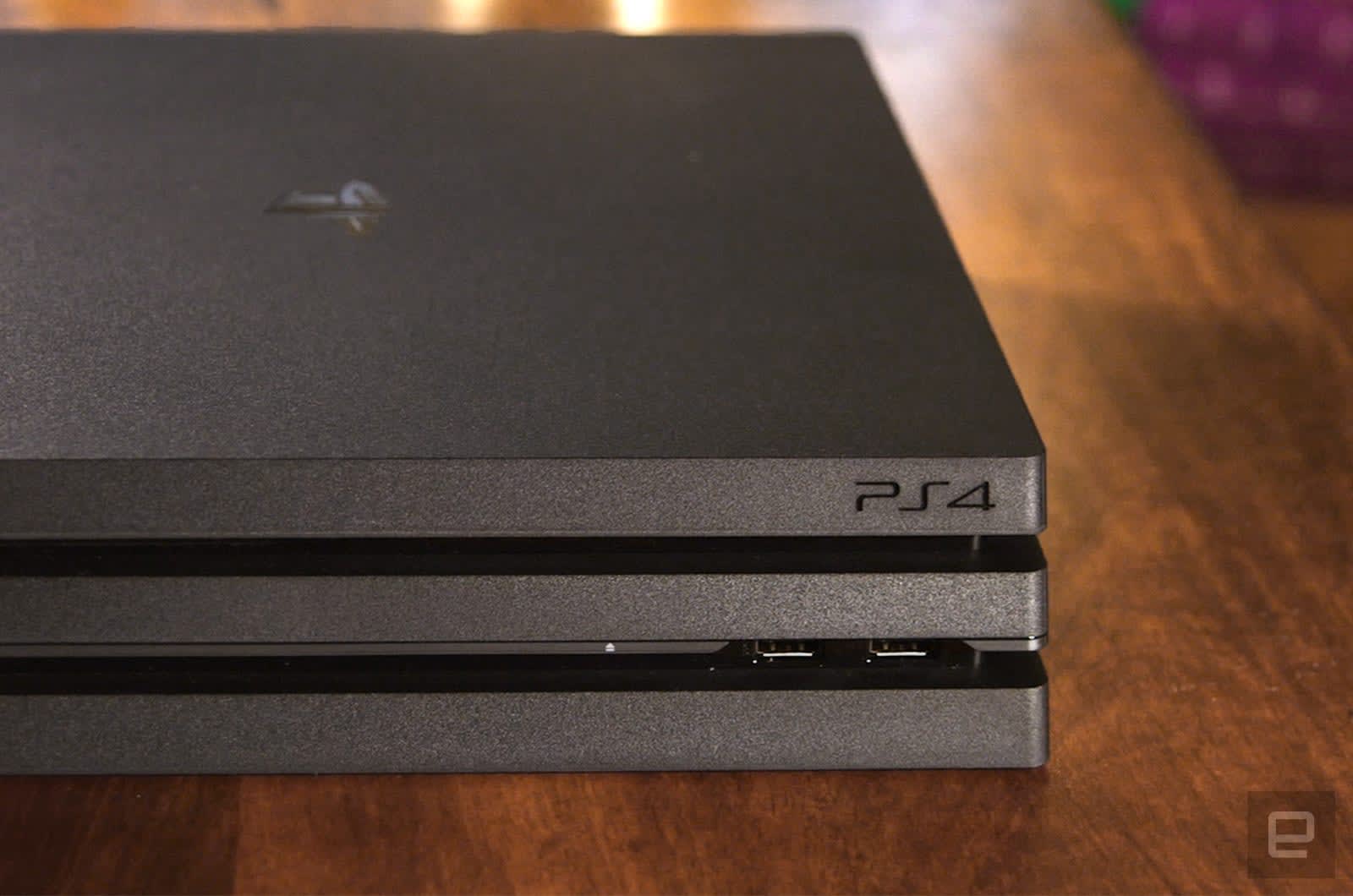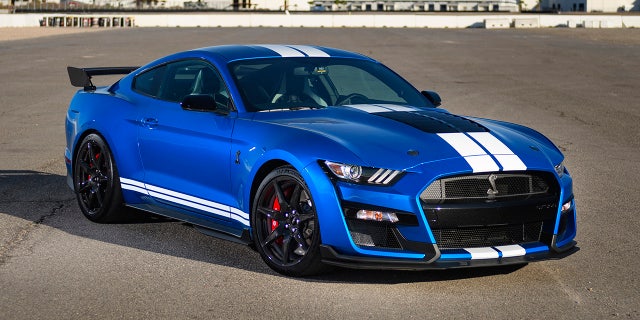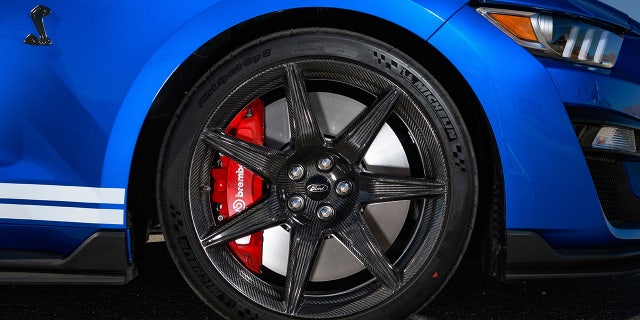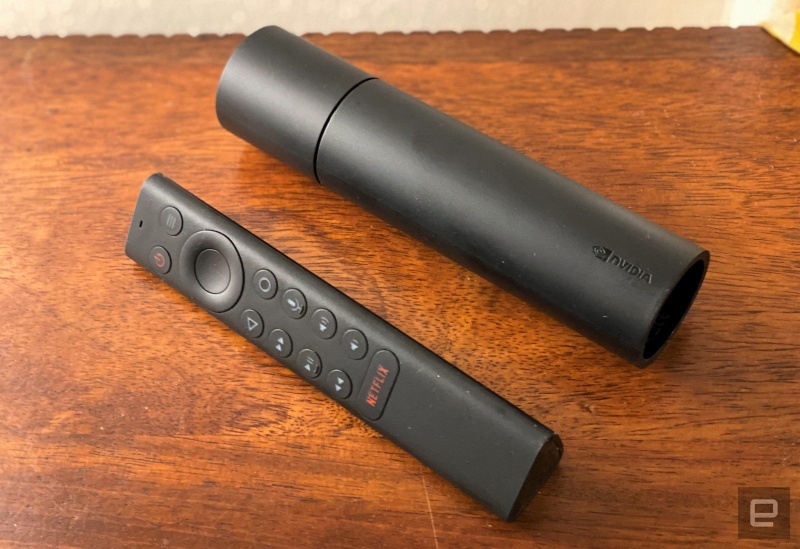Google is reportedly looking to buy Fitbit as a way to bolster its wearables strategy. Trying to suss out what this could mean for Google, its Wear OS platform, and Fitbit’s customers is (pardon the fitness pun) exhausting.
Here’s where I landed: Assuming it bears out, I think that this acquisition portends a wearables reboot instead of shoring up Google’s current smartwatch strategy. I think that mainly because Google’s current smartwatch strategy isn’t helped by Fitbit — at all. Unless Google has completely lost the thread, this acquisition only makes sense if the company is ready to try something completely different.
It certainly should be.
Let’s just recap how poorly things are going for Wear OS. Google’s most prolific partner in making Wear OS watches, Fossil, had a sub-five-percent marketshare in North America in Q2. Even if you give Google credit for some piece of the “Others” in Canalys’ estimates, that leaves Wear OS’ marketshare hovering somewhere between wince and woof.
Taken simply as a piece of software, Wear OS itself is actually better than many (including me!) have given it credit for, but it’s languished for so long that its software ecosystem bears all the hallmarks of a platform in decline. Even so, in terms of basic usability and features, Wear OS is a fairly solid platform on which to rebuild — if only there were hardware to go with it.
That hardware is not imminent. The best Wear OS watch hardware currently available is Fossil’s latest generation. Reviewing one of those watches, I discovered that many of Wear OS’ performance problems are solved simply by adding more RAM, though that doesn’t necessarily make it very fast.
But even with enough RAM to run (which few Wear OS watches have), the convolutions the new Fossil watches go through to get through a full day of use are amongst the silliest I’ve seen on any device. There are settings on settings, none of which should ever be visible on a smartwatch, much less necessary.
Those convolutions are necessary because Qualcomm has yet to provide a processor for smartwatches that is worth a damn. We spent years waiting for the Snapdragon 3100 that powers the Fossil I cite above, but it is still outdated at its core in terms of both speed and battery management.
A more recent rumor from XDA suggests that Qualcomm is developing a new chip that would represent a significant step forward — but that just puts us back to where we started. Do we — and does Google — really want to wait (again) for Qualcomm to come through?
Back when it first launched Android Wear, Google made a bet that it could replicate the Android model with watches: distribute free software to companies that could use readily-available components to create their own devices. LG, Motorola, and even Samsung all took a chance on that vision and it didn’t go well for any of them.
That model just didn’t pan out. I could be convinced that’s because the only way to make a great smartwatch is to be vertically integrated from silicon to software. You don’t need to just cite the Apple Watch to make that case, either. Samsung’s Galaxy Watch Active line is successful not because the Tizen OS is great (though it’s not bad), but because Samsung is nearly Apple-esque in its vertical integration on the smartwatch.
I could just as easily be convinced that Google’s original bet could have led to good smartwatches in the same way that it led to good Android phones. The problem in that scenario is that since the ecosystem didn’t develop, there was no incentive for component makers to support smartwatches. You could call it it a chicken and egg problem, but it’s actually simpler than that. There’s no reason for Qualcomm to raise chickens if nobody’s buying the eggs.
There’s only one way to fix Google’s current smartwatch woes: it’s the silicon, stupid. And while Google’s lack of control over processors didn’t hurt Android phones, it sure does seem to be holding back Android smartwatches.
I don’t blame Qualcomm entirely — from where I’m sitting, the company has acted rationally. It surely makes much more money focusing on smartphone chips, high-end chips that could lead to Windows on ARM, and tiny chips that are about to power an entire generation of noise-cancelling earbuds to compete with the just-announced AirPods Pro.
All of this history leads us to 2019 and the Fitbit rumor. I sincerely doubt that Fitbit is sitting on a revolutionary processor that can save Google’s smartwatch efforts. Google’s current smartwatch problems can’t be solved with Fitbit.
I think it’s much more likely that Google intents to just pivot to where Fitbit already is: selling cheaper, lower-end fitness trackers and basic smartwatches.
It’s a much better strategy than trying to take on the Apple Watch — or heck, even the Galaxy Watch — head on. Maybe Qualcomm will come through with that new chip, but Google would be silly to bet its entire wearables future on it. (If you’re wondering where that mysterious $40 million Fossil smartwatch technology acquisition fits into all this, join the club. We have hats!)
There’s another reason Google might want Fitbit: its dedicated user base. Hopefully Google sees them as a core group of customers to serve well with expanded, improved fitness offerings, so that they might evangelize Fitbit again. Hopefully it’s not to take whatever fitness data Fitbit has collected and collated and use it to troubling ends. Even with the rumors of a buyout still very fresh, that’s something that Fitbit users are already worried about.
I can’t entirely blame them. Since it’s so hard to know what exactly Google would do with Fitbit, it’s easy to assume the worst. If the acquisition turns out to be real, I hope Google will do a better job communicating its intentions than it did with Nest.
And I hope Google knows its intentions better than it did with Nest, too.
More from The Verge
One quick note about the newsletter. Apologies for not sending one out Monday morning — or more specifically, not warning you on Friday that I might not. As always, I welcome your feedback - dieter@theverge.com
+ Apple announces AirPods Pro with noise cancellation, coming October 30th
$249 seems like quite a premium, especially compared to Amazon’s forthcoming Echo Buds. I am sure a bunch of people will just up and buy them and be very happy with them — especially since the W1 chip will make them integrate better with Apple’s products than non-Apple Bluetooth headphones can. I’d recommend holding off to see if the sound quality justifies anything close to that price point, though.
+ Apple’s HomePod now supports multiple users with HomePod 13.2 update. Now do iPadOS.
+ iOS 13.2 reveals Apple’s Tile-like device could be called AirTag
It seems possible that we could be in for a week of “surprise” Apple announcements. Back in March it had a week of press release announcements for relatively minor product updates. Today’s AirPods Pro announcement is more than minor, but it could foretell other stuff like the above AirTags.
Sure looks like we’re not getting another Apple keynote this fall, though. To me the big question is whether or not Apple puts out that long-rumored 16-inch MacBook Pro via press release so as to avoid the embarrassment of talking about keyboards on stage. As I wrote before, that would be a choice and one I don’t think Apple should make. It would not, as they say, be courageous.
+ A summit in Egypt will decide the future of 5G and weather forecasts
What if instead of treating 5G like a race, we slowed the hell down and thought about the repercussions a bit more. In the US, at least, these are our airwaves, not the carriers’, and their desire to open up new business lines isn’t the same thing as the public interest.
The worry is that the rollout could inadvertently throw off weather forecasting, they say, because 5G networks are planning to use a frequency band very close to the one satellites use to observe water vapor. That interference could cost lives and fortunes when it comes to preparing for disastrous weather events.
+ Smart home platform Wink is dying as Will.i.am’s tech company is low on money
+ The first widely available electric Mini will start at $29,900
That range, though :(
+ Uber unveils a new look for its food delivery drones
Maybe it’s not possible to make one of these things not look ominous, but it’s like they didn’t even try.
+ DJI Mavic Mini images and specs leak in new retailer listing
Releasing a drone that weighs literally one gram less than the cutoff for required FAA registration is incredible.
+ Microsoft leak reveals Windows 10X will be coming to laptops
The below quote threatened to turn into an entire other essay for this newsletter. Suffice to say I’ll revisit it later, but the TL;DR is nobody knows how to move the desktop forward. Apple with Catalyst, Google with Android on Chrome OS, and Microsoft with ...whatever this is — all of them are flailing in the dark, hoping to grab hold of something solid.
On the Office side, it appears Microsoft is prioritizing traditional Win32 versions of Office and the PWA web versions from Office.com for Windows 10X over UWP. Microsoft does have UWP versions of its Office Mobile apps, but the company put the development of those on hold last year. We’ll likely see a significant investment in the web versions of Office over the coming year before Windows 10X ships on the Surface Neo for holiday 2020.
Reviews
+ Nvidia Shield TV (2019) review: totally tubular
Color me surprised: I did not expect that 4K upscaling could actually be good, but Chris Welch was impressed.
Nvidia’s system makes a noticeable difference, and it’s not just blanketing everything with a coat of sharpening. The AI upscaling doesn’t work for 60fps video, nor does it run when you’re playing games. But for everything else, you can have it optimizing the on-screen picture at all times. And I came away very impressed.
+ Microsoft Surface Laptop 3 13.5-inch review: have a normal one
+ Beats Solo Pro review: beat the noise
Definitely watch the video on this one. The lack of a 3.5mm headphone jack on these things means I will never ever buy them. The cable to connect 3.5mm audio to the lightning port is $35 (thirty five dollars). It would be insulting if it weren’t so crassly audacious.
Let's block ads! (Why?)
https://www.theverge.com/2019/10/29/20937257/google-fitbit-wear-os-qualcomm-processors-fitness-strategy-acquistion
2019-10-29 11:00:00Z
52780421509455


















:no_upscale()/cdn.vox-cdn.com/uploads/chorus_asset/file/19308787/header_command_line_option_32x.png)